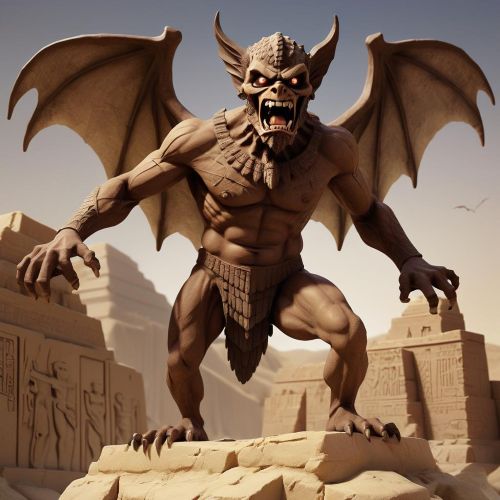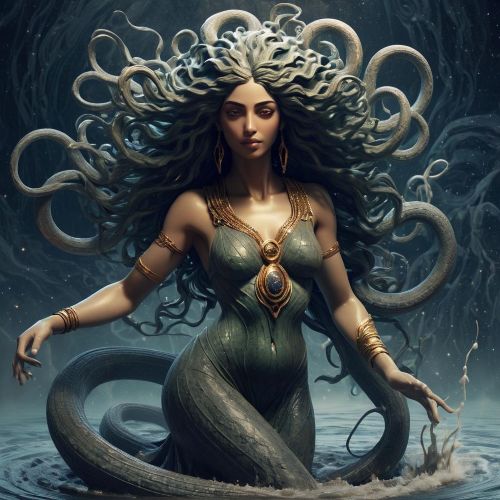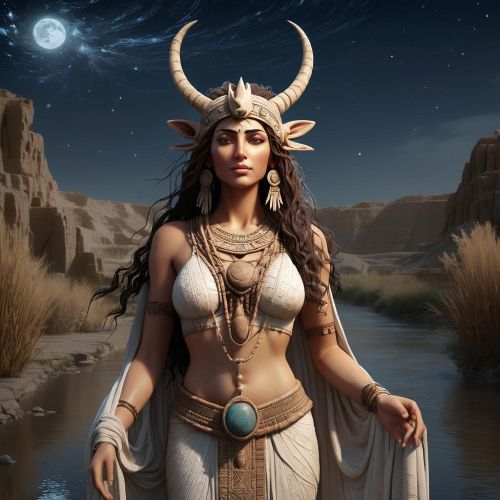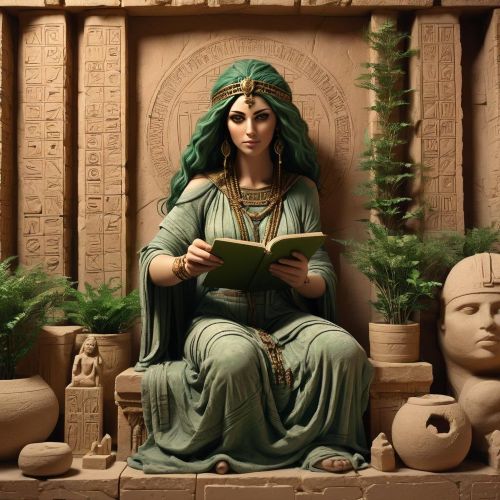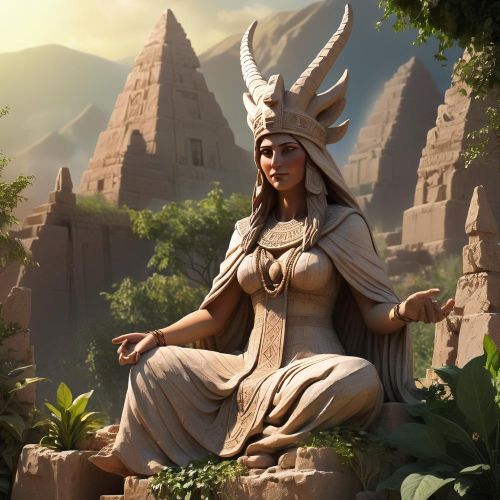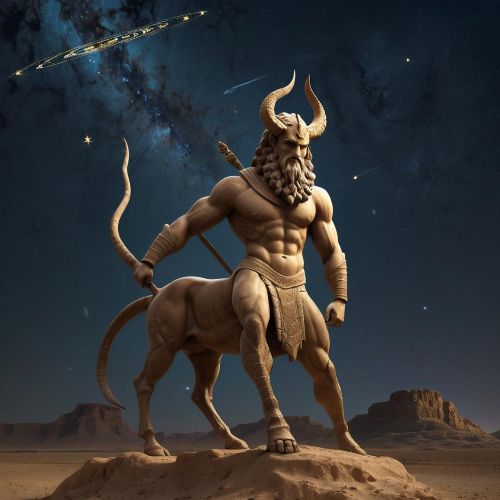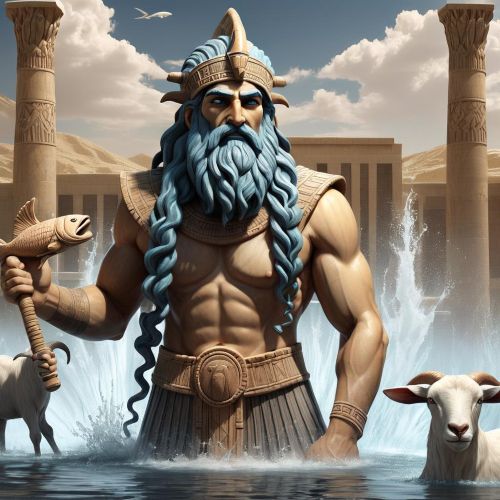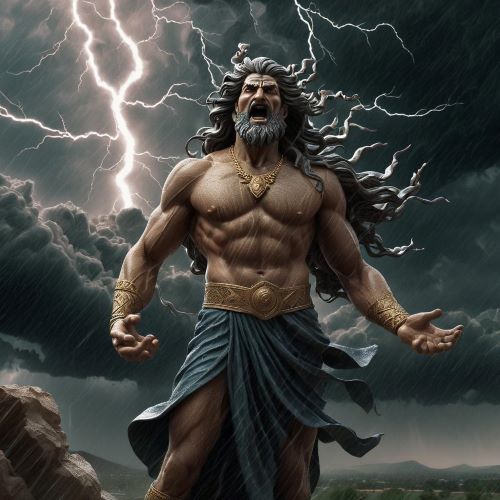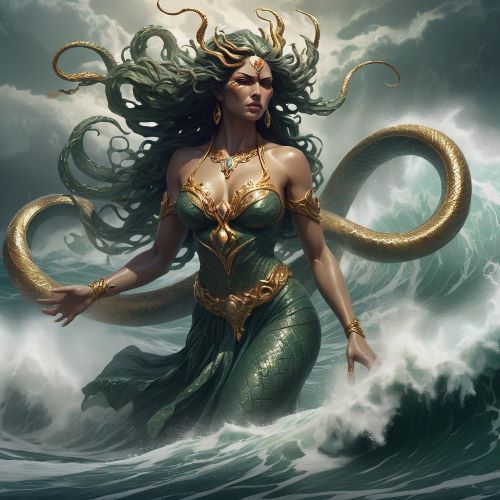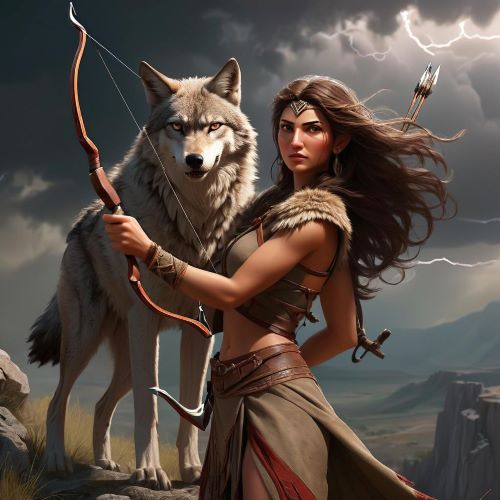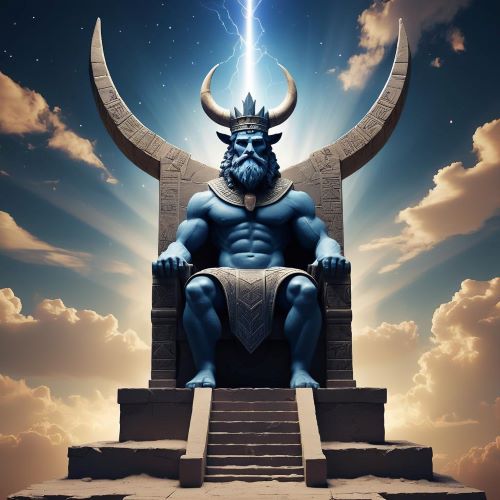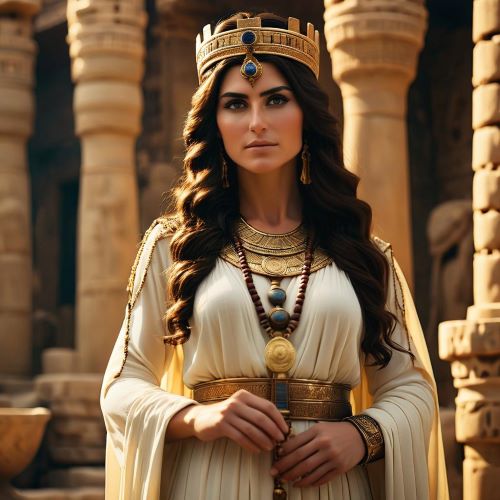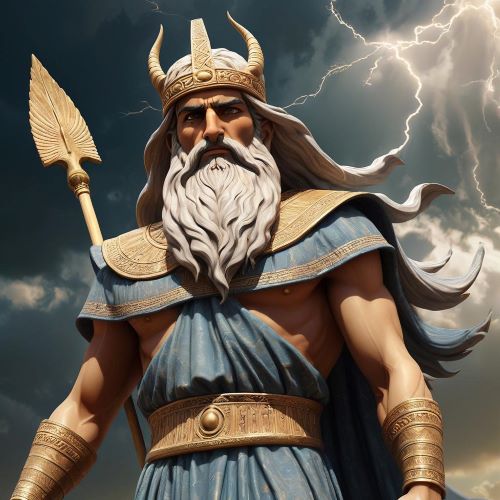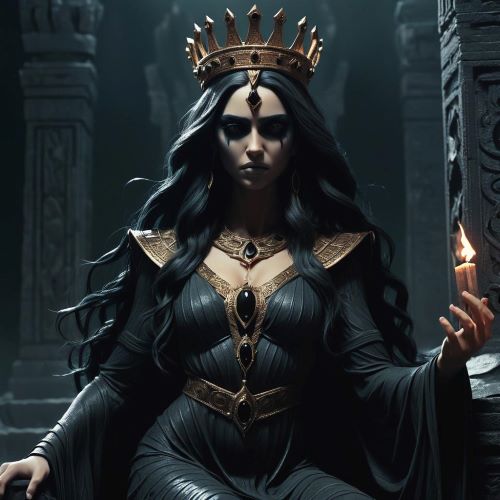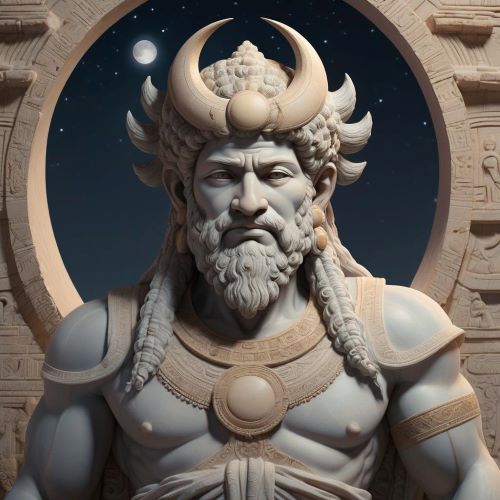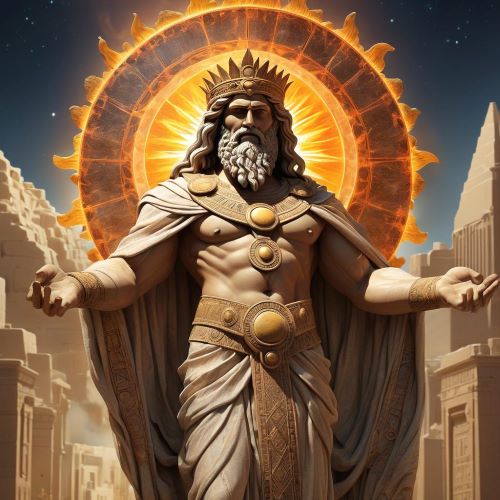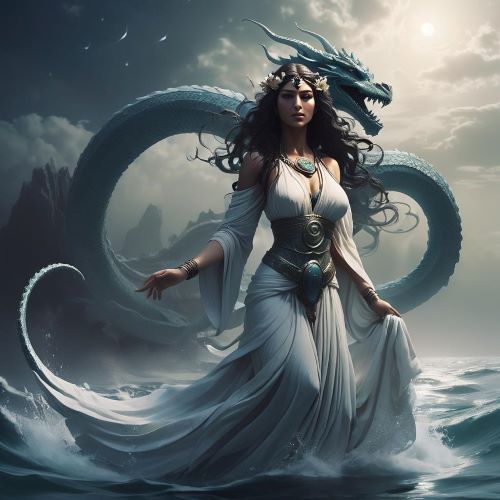Mesopotamian Gods
Mesopotamian Gods form one of the richest and most influential pantheons in ancient mythology, shaping humanity’s earliest understanding of divinity, order, and the cosmos. Worshipped across Sumer, Akkad, Babylon, and Assyria, these gods embodied every aspect of life—from creation and fertility to war, justice, and wisdom. They were seen as rulers of both heaven and earth, each controlling vital elements that sustained human existence. The people of Mesopotamia built ziggurats, offered sacrifices, and performed intricate rituals to honor these deities, believing that divine favor determined prosperity, peace, and survival in an unpredictable world.
Among the most revered Mesopotamian Gods was Anu, the god of the sky and father of all deities, symbolizing supreme authority. Enlil, the god of wind and storms, governed the balance of nature and fate, while Enki (also known as Ea) ruled over water, wisdom, and creation, often helping humanity with his intelligence and compassion. Inanna, later known as Ishtar, stood as the goddess of love, war, and fertility—an embodiment of passion and power who challenged gender roles in mythology. Each of these gods represented both human and cosmic principles, showing that divine forces were deeply intertwined with daily life and the moral structure of Mesopotamian society.
The myths surrounding Mesopotamian Gods reveal a dynamic universe filled with conflict, emotion, and transformation. The Epic of Gilgamesh, one of the oldest known literary works, features gods intervening in mortal affairs, testing humanity’s courage and humility. The Enuma Elish, or Babylonian creation myth, tells of Marduk’s victory over the primordial dragon Tiamat, establishing order from chaos and affirming his position as the chief deity of Babylon. These narratives not only explained natural events and cosmic order but also reflected the political and cultural shifts of Mesopotamia itself—where cities rose and fell under the divine protection of their patron gods.
Temples dedicated to Mesopotamian Gods were more than places of worship; they were centers of administration, learning, and power. Priests served as intermediaries between gods and humans, performing rituals to ensure harmony between heaven and earth. Offerings, hymns, and festivals celebrated the gods’ generosity and feared their wrath. The gods’ images adorned tablets, sculptures, and cylinder seals, each designed with care to invoke divine presence and protection. The belief that gods could be both benevolent and vengeful reinforced the Mesopotamian worldview that balance, respect, and duty were essential for survival in a divinely governed universe.
Today, Mesopotamian Gods continue to captivate historians, artists, and storytellers alike. Their myths laid the foundation for later religious traditions in the Near East, influencing Greek, Roman, and Abrahamic theology. Modern interpretations of these deities appear in literature, video games, and film, keeping their legacy alive for new generations. From Enki’s wisdom to Inanna’s courage, the gods of Mesopotamia remain timeless symbols of humanity’s search for meaning, power, and connection with the divine. Their stories remind us that even in the dawn of civilization, people sought to understand the universe through the lens of faith, imagination, and awe.
Mesopotamian Gods form one of the richest and most influential pantheons in ancient mythology, shaping humanity’s earliest understanding of divinity, order, and the cosmos. Worshipped across Sumer, Akkad, Babylon, and Assyria, these gods embodied every aspect of life—from creation and fertility to war, justice, and wisdom. They were seen as rulers of both heaven and earth, each controlling vital elements that sustained human existence. The people of Mesopotamia built ziggurats, offered sacrifices, and performed intricate rituals to honor these deities, believing that divine favor determined prosperity, peace, and survival in an unpredictable world.
Among the most revered Mesopotamian Gods was Anu, the god of the sky and father of all deities, symbolizing supreme authority. Enlil, the god of wind and storms, governed the balance of nature and fate, while Enki (also known as Ea) ruled over water, wisdom, and creation, often helping humanity with his intelligence and compassion. Inanna, later known as Ishtar, stood as the goddess of love, war, and fertility—an embodiment of passion and power who challenged gender roles in mythology. Each of these gods represented both human and cosmic principles, showing that divine forces were deeply intertwined with daily life and the moral structure of Mesopotamian society.
The myths surrounding Mesopotamian Gods reveal a dynamic universe filled with conflict, emotion, and transformation. The Epic of Gilgamesh, one of the oldest known literary works, features gods intervening in mortal affairs, testing humanity’s courage and humility. The Enuma Elish, or Babylonian creation myth, tells of Marduk’s victory over the primordial dragon Tiamat, establishing order from chaos and affirming his position as the chief deity of Babylon. These narratives not only explained natural events and cosmic order but also reflected the political and cultural shifts of Mesopotamia itself—where cities rose and fell under the divine protection of their patron gods.
Temples dedicated to Mesopotamian Gods were more than places of worship; they were centers of administration, learning, and power. Priests served as intermediaries between gods and humans, performing rituals to ensure harmony between heaven and earth. Offerings, hymns, and festivals celebrated the gods’ generosity and feared their wrath. The gods’ images adorned tablets, sculptures, and cylinder seals, each designed with care to invoke divine presence and protection. The belief that gods could be both benevolent and vengeful reinforced the Mesopotamian worldview that balance, respect, and duty were essential for survival in a divinely governed universe.
Today, Mesopotamian Gods continue to captivate historians, artists, and storytellers alike. Their myths laid the foundation for later religious traditions in the Near East, influencing Greek, Roman, and Abrahamic theology. Modern interpretations of these deities appear in literature, video games, and film, keeping their legacy alive for new generations. From Enki’s wisdom to Inanna’s courage, the gods of Mesopotamia remain timeless symbols of humanity’s search for meaning, power, and connection with the divine. Their stories remind us that even in the dawn of civilization, people sought to understand the universe through the lens of faith, imagination, and awe.


